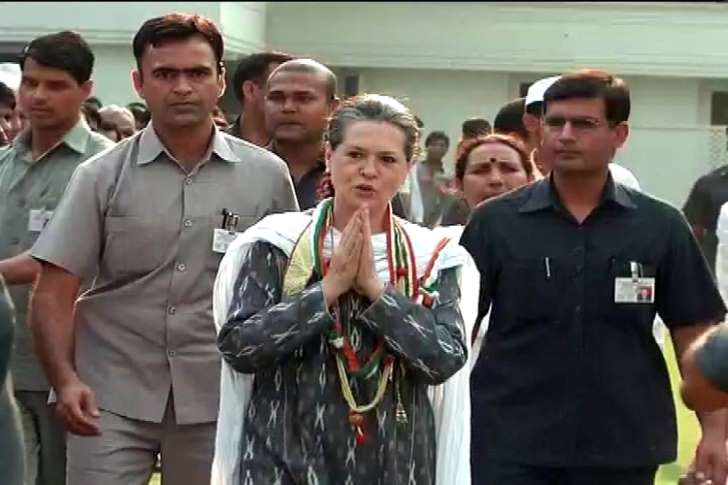February 28, 2018

The Indian economy grew at 6.3% in the September quarter after it fell to a three-year low of 5.7% in the June quarter. Photo: Mint
February 28, 2018

The Indian economy grew at 6.3% in the September quarter after it fell to a three-year low of 5.7% in the June quarter. Photo: Mint
India’s GDP growth surged 7.2% in the December quarter (Q3), data from the central statistics office showed Wednesday, as economic activity picked up. The Indian economy grew at 6.5% in the second quarter and at 5.7% in the first.
However, for the full year, the Indian economy grew at only 6.6%, the slowest pace after Prime Minister Narendra Modi took office, as per the second advance estimates released by CSO.
The Indian economy grew at 7.1% in 2016-17, 8.2% in 2015-16 and 7.4% in 2014-15.
CSO had in its January projections estimated that the Indian economy will grow at 6.5% in 2017-18 but has now marginally revised it upwards, though it is still lower than the 6.75% estimated by the Economic Survey.
As per CSO estimates, while agriculture grew at 4.1% in Q3, lower from the 7.5% recorded last year, manufacturing growth remained unchanged at 8.1%.
Nonetheless, the Q3 GDP data has restored India’s status as the fastest-growing major economy in the world. China grew by 6.8% in the October-December period. The consistent economic growth indicates that the Indian economy has moved on from the twin policy shocks of demonetisation in November 2016 and GST rollout on 1 July 2018.
The median in a Reuters poll on GDP growth in the December quarter was 6.9%, the best pace in 2017. Forecasts had ranged from 6.4% to 7.3%. The last time India had a faster growth rate was in the final three months of 2016.
“After muted activity until September, signs of a pick-up in economic growth are starting to appear,” Aditi Nayar, principal economist at Icra Ltd, told Reuters before the Q3 GDP data was released. “A strong gross domestic product reading could lift domestic shares, and boost the rupee, which has been Asia’s second weakest currency this year, losing about 1.6% against the dollar.”







































































































